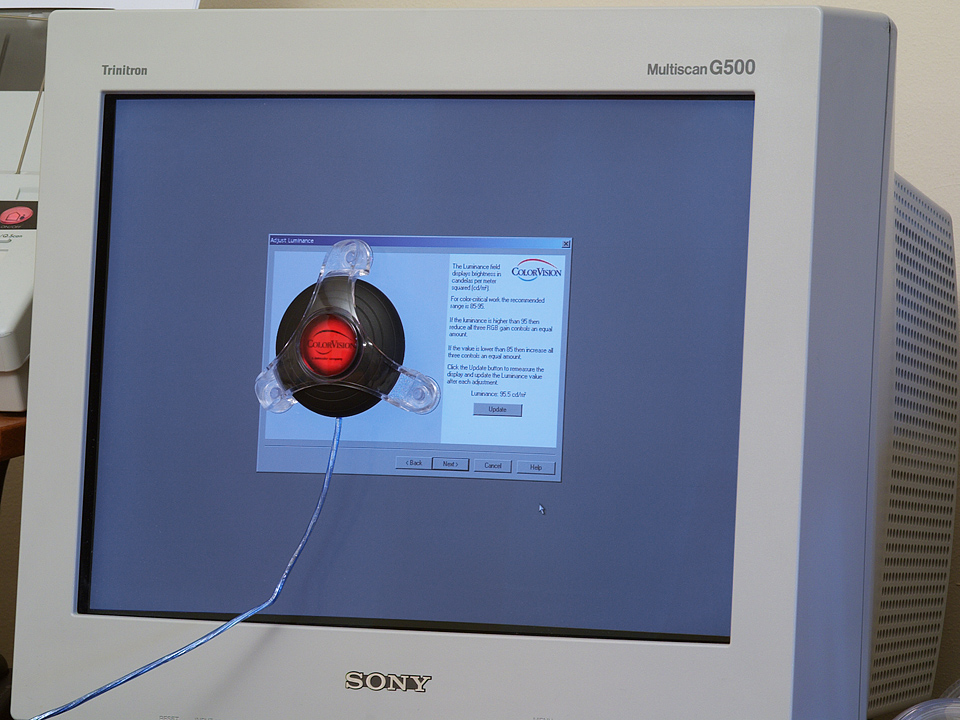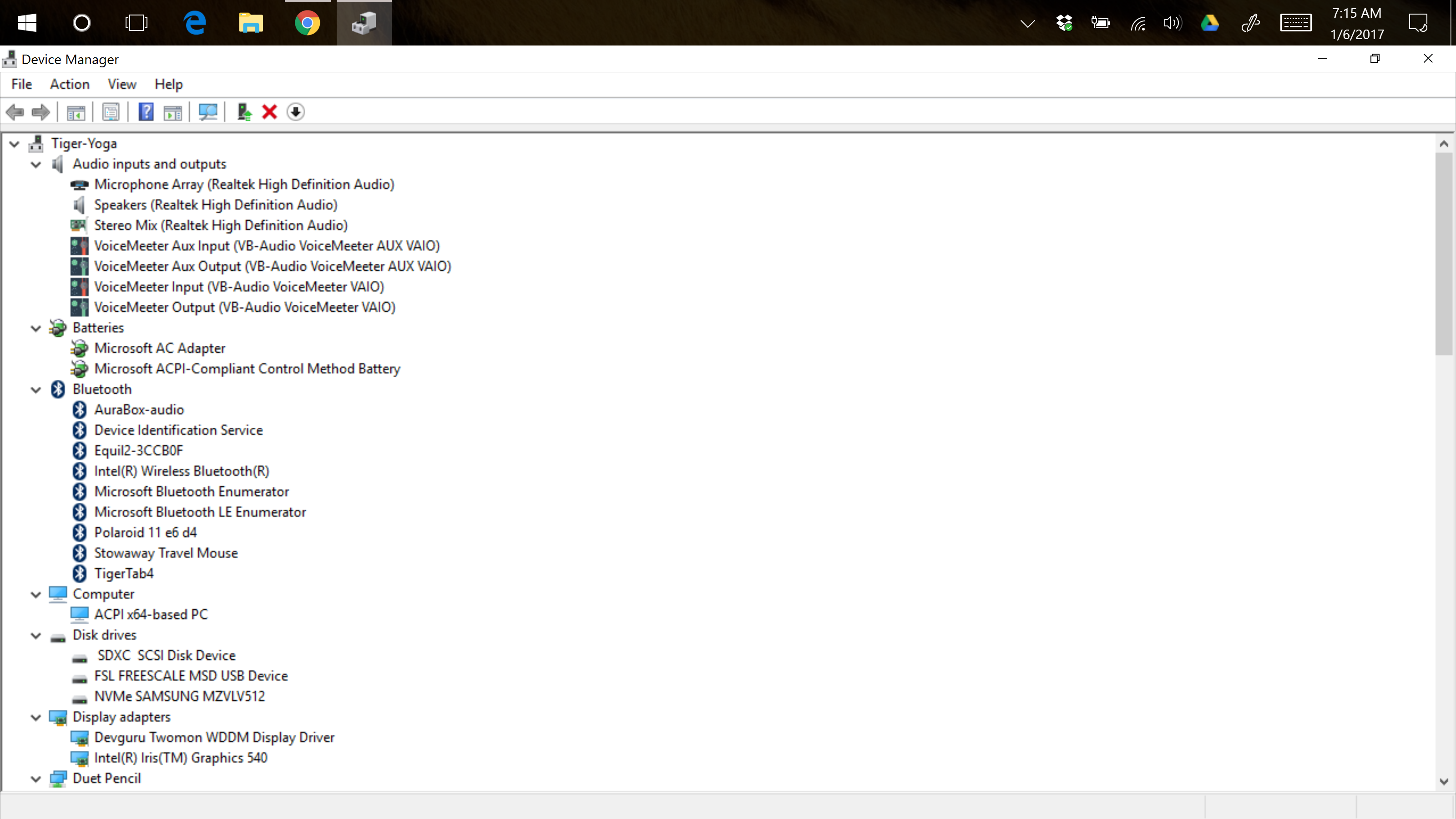

With low-energy consumption, applications can run on a small battery for a longer amount of time.

Bluetooth, the key difference is with Bluetooth LE’s low energy consumption capability. When talking about Bluetooth Low Energy vs. Remember when Apple first introduced AirPods? Now there are several variations of this Bluetooth connectivity device, including advancements that help with strain on battery life, which brings us to Bluetooth Low Energy.Īs previously mentioned, Bluetooth Low Energy or Bluetooth 4.0 hit the market in 2011. Here are some M2M and Internet of Things (IoT) uses for Bluetooth:īluetooth devices continue to be invented and re-created. People like to receive data and talk at the same time, and quickly exchange videos from one device to another. That’s why Bluetooth is a good fit for consumer products. That means that you can exchange a lot of data at a close range.

Bluetooth was originally designed for continuously streaming data applications. When considering the difference between Bluetooth and Bluetooth Low Energy, it’s important to talk about power consumption. These packets exchange through one of 79 designated Bluetooth channels (each of which is 1 MHz in bandwidth). In engineering speak, Bluetooth is a frequency-hopping radio technology that transmits data packets within the 2.4 GHz band. With this technology, data exchanges over a short-range without the need for wires. Although similar, Bluetooth is actually the wireless connection that lies between your phone and the device you’re connected to. When most people think of Bluetooth, they picture a wireless headphone or some other device connecting you to the data you’re broadcasting. What is Bluetooth?īefore we can understand the difference between the two technologies, we must first understand how they work. How do these wireless network technologies fit into the IoT and Machine to Machine (M2M) world? Let’s take a deeper look. One of the most influential revisions that hit the market in 2011 is called Bluetooth 4.0 or Bluetooth Low Energy (LE). Since then, Bluetooth has gone through many revisions and enhancements. Although the first mobile phone with Bluetooth capacity appeared in the market in 2000, the technology did not pick up momentum until 2004 with the introduction of EDR (Enhanced Data Rate).


 0 kommentar(er)
0 kommentar(er)
